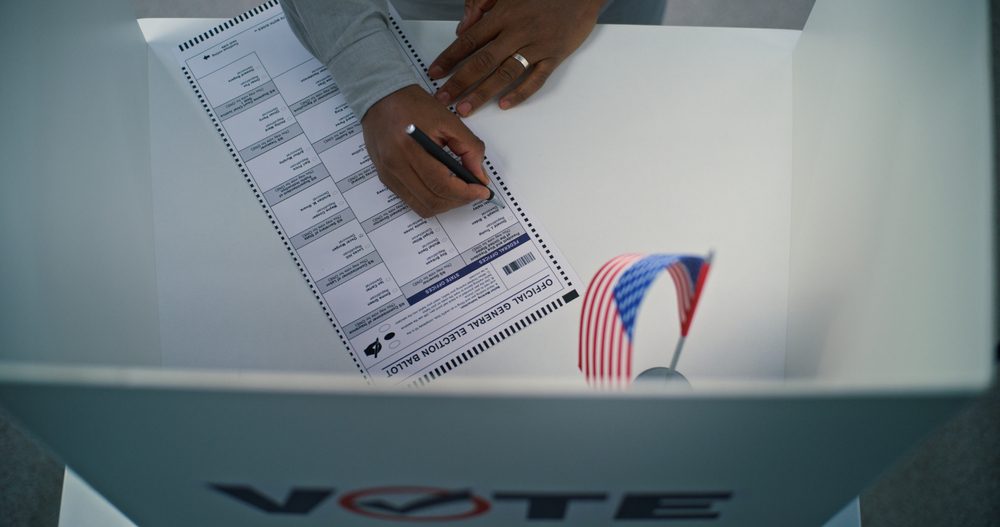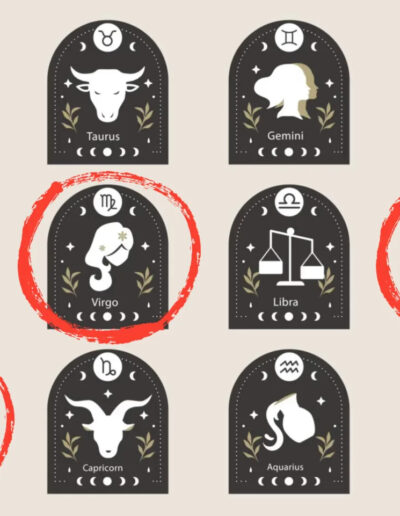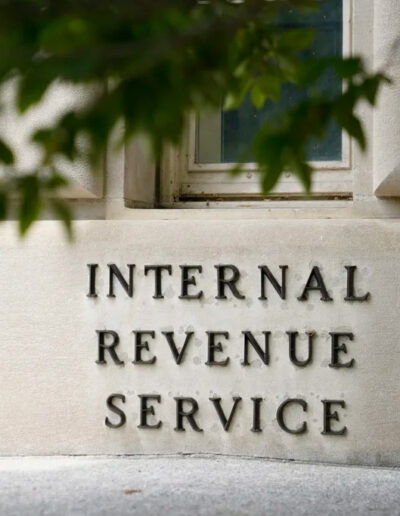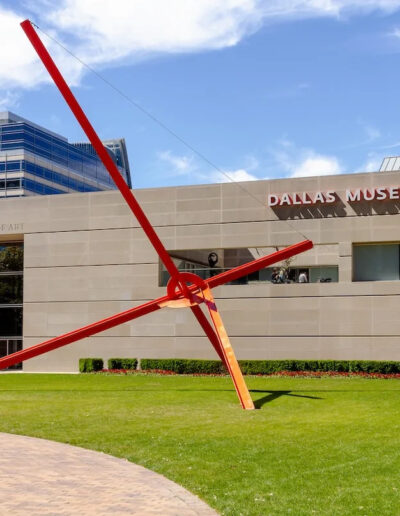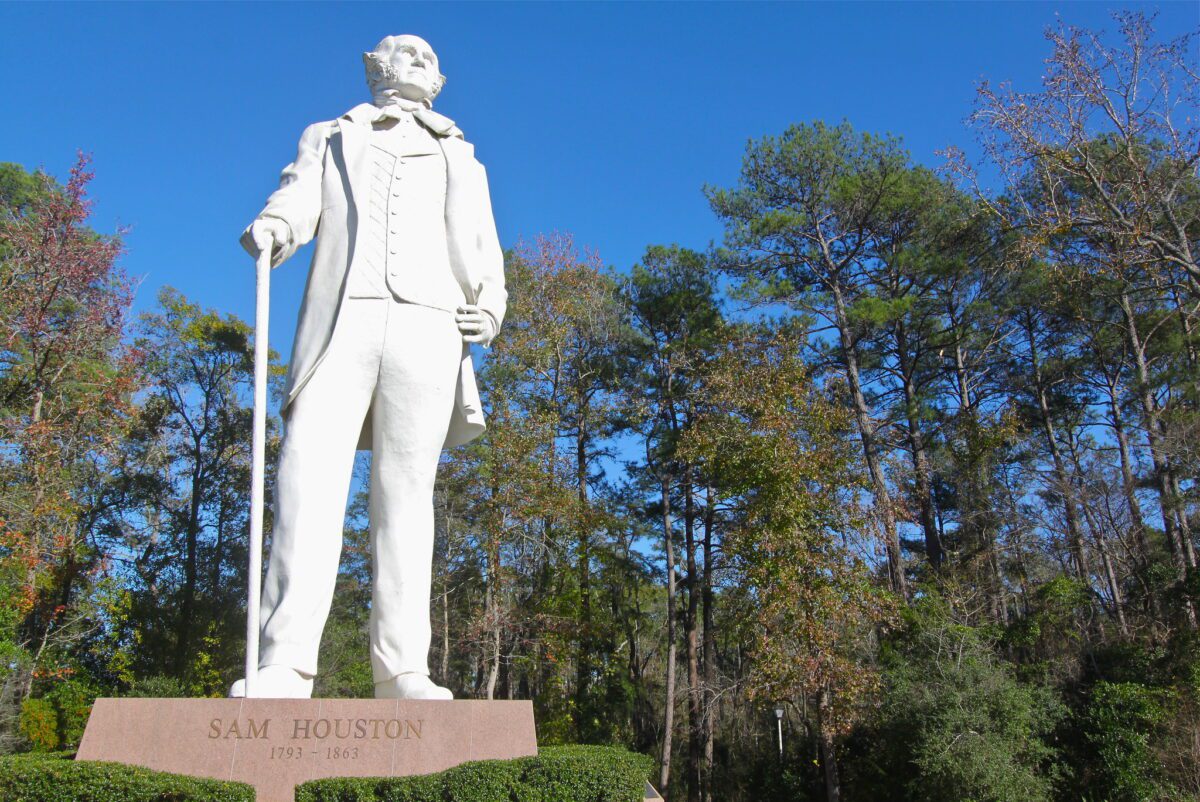
The Sam Houston statue just south of Huntsville is one of the largest in the entire United States. (Roy Luck/CC BY 2.0)
The city of Houston is named after Sam Houston, the first president of the Republic of Texas. Discover more about this colorful character.
You may know that the city of Houston earned its name from Sam Houston, the first (and third) president of the Republic of Texas. But the city’s namesake has an extensive history, revealing a wealth of interesting facts about Sam Houston.
We’re exploring the general’s storied past, from his adopted family as a teenager through his later life.
1. The Cherokee Nation adopted him as a teenager
This fact about Sam Houston ended up shaping his entire adult life. Houston was born in Rockbridge County, Virginia, and spent much of his childhood there. His family moved to Maryville, Tennessee, after his father’s death in 1807. Houston, a teenager at the time, ran away from home. He spent three years with the Cherokee Indians in Eastern Tennessee. Houston adopted the name Black Raven and became ingrained in Cherokee society, learning their language, skills, and social customs. Later in life, Houston acted as a liaison between the US government and the Cherokee, helping to relocate tribes from Tennessee to a new reservation within the Arkansas Territory. He also traveled to Washington, D.C., to report on the fraud that government agents were committing against the Indians.
2. He served under Andrew Jackson during the War of 1812
At the age of 20, Houston enlisted in the US Army. Within nine months, he had risen in the ranks to third lieutenant. In early 1814, Andrew Jackson led Houston’s unit, the 39th Infantry Regiment. At the Battle of Horseshoe Bend, Houston was wounded so severely that doctors expected him to die as a result. He recovered from his injuries and continued serving in the Army until 1818, when he resigned after being punished for wearing a Native American dress to a meeting between Cherokee leaders and Secretary of War John C. Calhoun.
3. He won the Battle of San Jacinto in a mere 18 minutes
Perhaps you’ve heard of the classic rallying cry “Remember the Alamo”—we have Houston to thank for that. In 1836, Houston was voted commander-in-chief of the Texas Army. A series of retreats, spurred by the army’s loss at the Alamo, was poorly received by his soldiers. However, all was forgiven because those retreats gave Houston time to prepare his army for a momentous attack. On April 21, 1836, Houston led his team of 800 men against the Mexican opposition in a surprise offensive alongside the San Jacinto River. Despite having an army that was double the size of the Texas troops, General Antonio López de Santa Anna and the Mexican side were caught entirely off guard. Santa Anna surrendered 18 minutes later, giving Texas its independence.
4. He’s the only elected US governor to serve two different states
In the 1820s, Houston still lived in Tennessee and served four years in the US House of Representatives. The state elected him governor in 1827, and after a failed marriage and rumored alcoholism, Houston resigned in 1829. However, he kept up a life in politics and became governor of Texas in 1859. In a bit of deja vu, Houston served two years as Texas’s governor before being forced out of office in 1861, this time for refusing to swear an oath of loyalty to the Confederacy.
5. He beat up a Congressman with a cane
Ohio Congressman William Stanbery thought Houston was defrauding Cherokee Indians. Stanbery called out Houston during a speech to the House of Representatives. Two weeks later, on April 13, 1832, Houston and Stanbery crossed paths while strolling Pennsylvania Avenue. Houston reportedly called Stanbery a “damn rascal” and started attacking him with his wooden cane. Stanbery tried to pull a gun, but it jammed, incensing Houston even further. He continued beating up his fellow Congressman, leaving him on the ground as he walked away.
6. He was represented in court by the author of ‘The Star-Spangled Banner’
A Congressman physically assaulting another member of Congress naturally caused some concern among the government and residents of Washington, D.C. Houston went to trial for his actions and was represented by Francis Scott Key. You may know the lawyer as the writer of “The Star-Spangled Banner,” the US national anthem. The House voted to convict Houston by a vote of 106 to 89. For his crime, Houston was ordered to pay $500 and was formally reprimanded by Speaker of the House Andrew Stevenson. So, uh … not a harsh punishment at all.
7. He was married three times and had eight children
Houston’s first marriage was to Eliza Allen. The two met when Allen was 13; they married when she was 19 and he was 35. There were some red flags—rumors suggested that Houston sought to marry into the popular Allen family for political gain, while Allen was only marrying Houston to appease her father. Even on the wedding day, Houston watched a raven die, and Allen wept as she got into her wedding gown. The two separated after 11 weeks of marriage.
Upon resigning from his governorship in 1829, Houston returned to live with his Cherokee family, where he married Dianna “Tiana” Rogers, the daughter of Chief John “Hellfire” Rogers. The two were technically married from 1830 to 1832, though Tennesseans generally disapproved of the marriage because he was legally still wed to Allen. Houston’s second marriage ended when he moved to Texas, and Rogers stayed in Tennessee.
Once Houston became President of the Republic of Texas, he received the ability to divorce Allen from a district court judge. In 1840, he married his third wife, Margaret Moffette Lea. Houston was 47, and Lea was 21. Together, they had eight children, including Andrew and Temple, who both became politicians themselves. This marriage lasted until Houston died in 1863, and his wife helped him quit some of his vices, including drinking and lashing out.
8. He has one of the tallest statues in the US
In 1994, David Adickes built the “Big Sam” statue, officially called “A Tribute to Courage.” It stands 67 feet tall and is located in Huntsville, just off I-45. Houston’s statue is the ninth tallest in the United States (at 310 feet, the Statue of Liberty is the tallest in the country, in case you’re scoring at home). Houston and Stephen F. Austin are the only Texans with a statue in the National Statuary Hall.
9. He’s been portrayed by several impressive actors
A resume as elaborate as Houston’s demands a solid actor to bring it to life. Houston has been portrayed by a number of recognizable faces in Hollywood. Richard Boone played him in “The Alamo,” while Richard Dix portrayed him in “Man of Conquest.” Bill Paxton, who fought terrible storms in “Titanic” and “Twister,” respectively, got to play Houston in “Texas Rising.” And, despite not having a mustache for much of his life, Houston was immortalized by one of the best mustaches in the biz: Sam Elliott starred in a biopic called “Gone to Texas.”
This article first appeared on Good Info News Wire and is republished here under a Creative Commons license.
RELATED: The oldest buildings in Houston that are still standing







